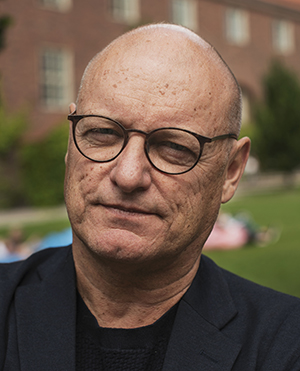
Small universities deliver bang for the buck
How much research do you get for your money? A new survey ranks Swedish universities in terms of the return they deliver on their revenues. Several smaller universities rank high on the list.

The ranking, that have been developed by Ulf Sandström , a docent at KTH, in partnership with Fokus, a Swedish-language weekly news and current affairs magazine, reflects which researchers in Sweden are most frequently cited in international periodicals and therefore considered to be the most productive.
The universities are ranked in order of the cost expended for each article published. This therefore provides a snapshot of how efficient the various universities are – how much does it cost to turn money into published articles?
“The only significance the size of a university has on the rankings is where there are economies of scale. However, this type of advantage does not appear to be universal. The rankings put small universities such as Malmö, Örebro and Jönköping high up alongside our larger universities such as Stockholm, Uppsala, Linköping and Lund,” says Sandström.
The ranking method is further based on a system for measuring production and citations that Sandström developed on behalf of the government some ten years ago and that is used for the allocation and redistribution of subventions for university research.
Seeing opportunities
The survey compares research publications against the financial resources that the universities receive – via the government or external financing bodies, such as a research council or foundation. The large, long-established universities usually come high up in traditional international rankings, but in this ranking survey, Malmö University tops the list, while several smaller universities are also contenders.
“These universities have seen opportunities to rise in the rankings and have chosen to appropriate money from the redistribution fund. They have introduced guidelines and incentives for publication activities, and held extensive discussions about this with their personnel, which has created an awareness of the importance of being published in international periodicals.”
While global ranking are considered to be of importance in attracting international students, researchers and financing, ranking the efficiency of universities should be of great interest to the universities themselves,” Sandström says.
The rankings are based on information about articles published between 2012-2015, which can provide supporting data for a number of strategic discussions, of which Sandström offers several examples:
“What are our strengths and weaknesses? Which investments have borne fruit and why? What are the effects of our research system making life more difficult for women? There is also scope to investigate which university offers the fastest career path for younger researchers. Knowing how researchers that have received grants perform compared to other researchers and whether financing bodies have made the best choices, can be of interest to financing bodies.”
Blunt tool
Critics argue that statistics on research publications, bibliometrics, is a blunt tool when it comes to measuring the quality of research, something Sandström rejects:
“The very soul of research and the thinking behind it is to develop new knowledge and a researcher wants to make an impact on the research front. They want to be part of the group that publishes the latest theories or transforms new theories into practical contexts. My method is designed to draw attention to researchers who publish new knowledge in international periodicals.”
The ranking results, that also rank the top 100 researchers in the country within eight different areas, were recently published in Fokus, a Swedish-language weekly news and current affairs magazine. The next step is to expand the data on published articles both backwards in time to the mid 1980s and forwards to include 2019 citations.
“This will perhaps help today’s older researchers with an extensive output over their career to gain a high ranking,” says Sandström.
Text: Christer Gummeson